Critique this shade garden plan
hotpeppernut
16 years ago
Related Stories
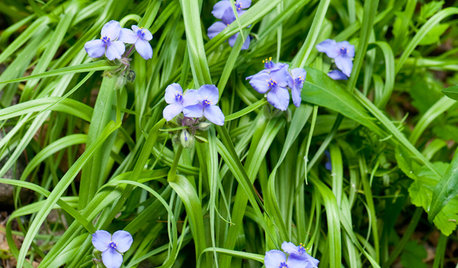
GARDENING GUIDESGreat Design Plant: Tradescantia Ohiensis Adds Shades of Blue
This reliable, adaptable U.S. native provides spider-like foliage and clusters of blue to purple flowers in Eastern gardens each spring
Full Story
LANDSCAPE DESIGNGreat Design Plant: Retreat to the Shade of Hardy Catalpa
Big foliage and a towering height provide a shady respite in summer, but that's not all hardy catalpa offers dedicated gardeners
Full Story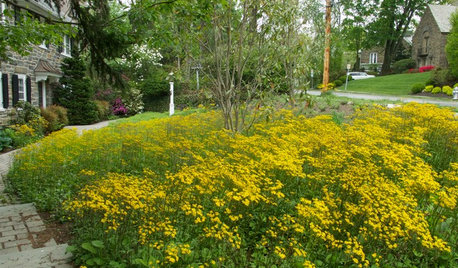
GARDENING GUIDESPackera Aurea Puts On a Springtime Show in Sun or Shade
This vigorous native ground cover welcomes bees with its early-blooming flowers and makes an attractive lawn alternative
Full Story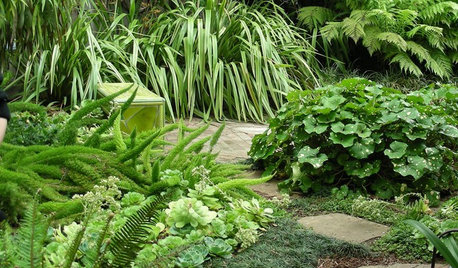
PLANTING IDEAS8 Sumptuous Shade Garden Plant Combinations
Enjoy these plant combinations made for spots with varying levels of shade and different garden zones
Full Story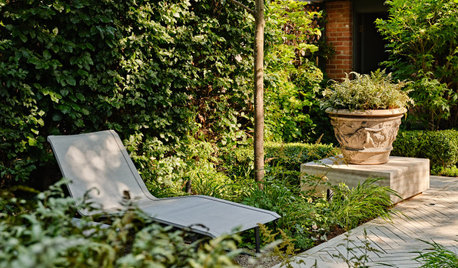
LANDSCAPE DESIGNHow to Create a Beautiful Shade Garden
Turn the cool, shady spot in your garden into your own quiet oasis
Full Story
GARDENING GUIDES13 Japanese Maples for Shade
A surprising variety of these understory trees is waiting to make a statement in your shade garden
Full Story
GARDENING GUIDESWhat Are Your Spring Gardening Plans?
Tearing out the lawn? Planting edibles? Starting from scratch? Tell us what you plan to change in your garden this year
Full Story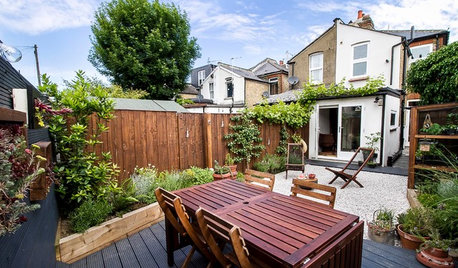
GARDENING GUIDESHow to Plan Your Edible Garden
Get organized before you plant to ensure that your fruits and vegetables have a chance to thrive
Full Story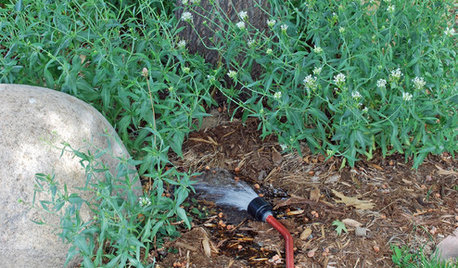
GARDENING GUIDESRocky Mountain Gardener's August Checklist
August may be hot, dry and dusty, but with care and planning, your garden will continue to thrive
Full Story
GARDENING GUIDESGet a Head Start on Planning Your Garden Even if It’s Snowing
Reviewing what you grew last year now will pay off when it’s time to head outside
Full StorySponsored






yardmom
paulallen
Related Professionals
Forest Park Landscape Architects & Landscape Designers · Mitchellville Landscape Architects & Landscape Designers · Zion Landscape Architects & Landscape Designers · Battle Ground Landscape Contractors · Broadlands Landscape Contractors · Cincinnati Landscape Contractors · Deer Park Landscape Contractors · Kerman Landscape Contractors · New Braunfels Landscape Contractors · North Ridgeville Landscape Contractors · Pomona Landscape Contractors · Spring Landscape Contractors · St. Louis Landscape Contractors · Folsom Swimming Pool Builders · Palos Verdes Estates Swimming Pool Builderslaceyvail 6A, WV
hotpeppernutOriginal Author
yardmom
gardengal48 (PNW Z8/9)
hotpeppernutOriginal Author
gardengal48 (PNW Z8/9)
stonethegardener
susanzone5 (NY)
gardengal48 (PNW Z8/9)
oldgardner555
hotpeppernutOriginal Author
florrie2